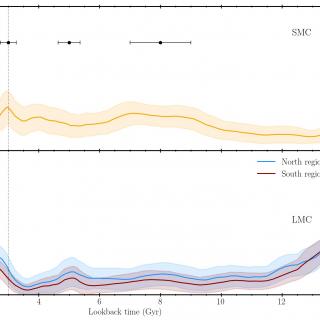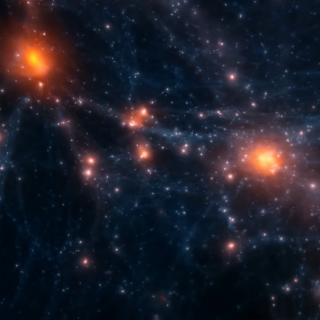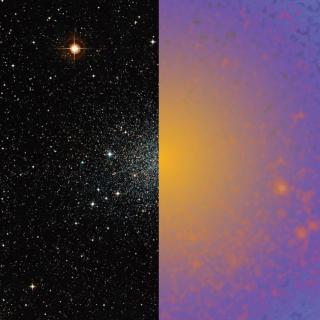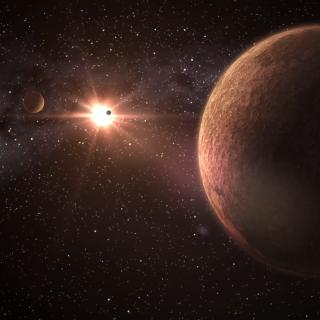
According to the current theories of galaxy formation, these generally form as small entities that grow through fusion, collision and accretion, eventually becoming the majestic galaxies that we observe nowadays. As an example of such process we can mention our own galaxy, the Milky Way. Around it we can find tens of dwarf galaxies and even stellar “streams” formed by already dissolved systems. We have focused in the study of our two most prominent satellite galaxies, the Magellanic Clouds, a system in the process of falling towards our Galaxy, whilst also having a mutual interaction. Their
Advertised on




